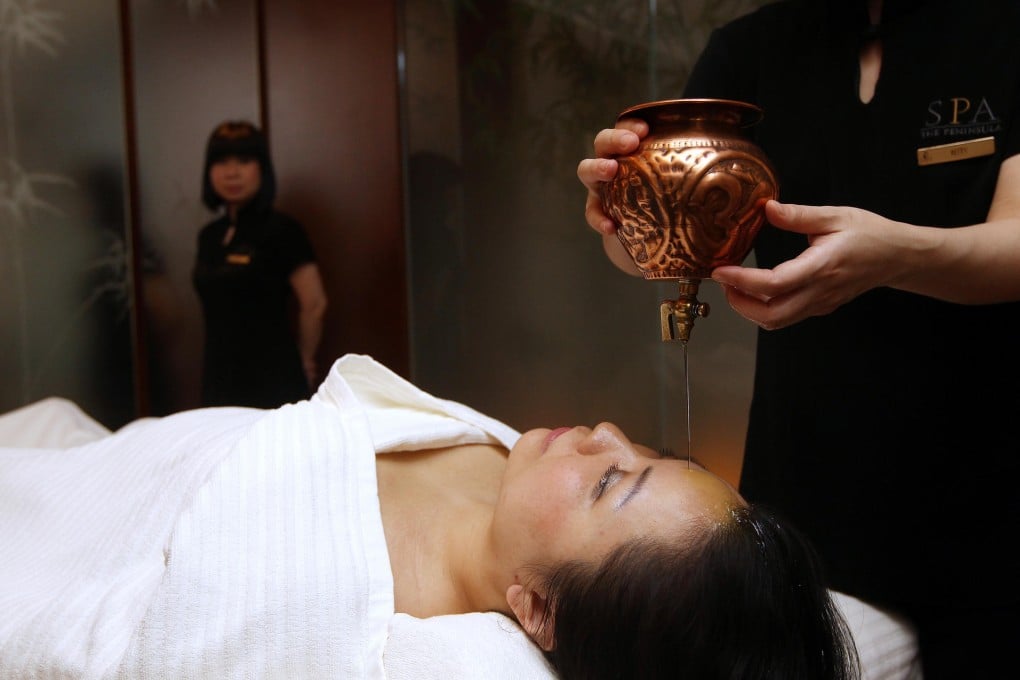Ayurvedic spa trend
Spas around the world have embraced Ayurveda therapies, which hark back to the origins of Indian medicine, writes Reenita Malhotra Hora

Julie Eyres has stayed in spas all over the world. But one place she returns to each year is the Ayurveda Spa in the Orange County Resort in Coorg, India. "The demands of travel mean my moods are always in a state of flux. But Ayurvedic spa treatments are specifically tailored to my needs," she says.
Ayurveda is the ancient medicine of India. Translated from Sanskrit as the "science of life" it empowers people to live in harmony with their natural environment, helps prevent disease and aligns the mind and body with the natural elements.
Ayurveda was unheard of in the spa industry 15 years ago, but today has found its way into resorts worldwide. Practitioners say the practice has been used in the Indian subcontinent for more than 5,000 years and is a pre-cursor to other Eastern health traditions. Similar to Chinese medicine, Ayurveda also seeks to harmonise the mind and body with the natural elements of the universe.
But why did it take so long for the system to make its foray into the international spa market?
The history of Ayurveda is tied to the political history of the Indian subcontinent. It was at the height of its glory in the 13th and 14th centuries, but traditional medicines - Ayurveda, Siddha and Unani - suffered setbacks during 300 years of British colonial rule. It was during this time that allopathic medicine was introduced and Ayurveda struggled to find its place. Following India's independence in 1947, however, the nation's traditional medicines began to flourish again.
Ayurveda is not a fad but actually a way of life [people] can easily adopt
Ayurveda has since enjoyed a renaissance after Westerners began to realise its potential in the mid 1980s.
